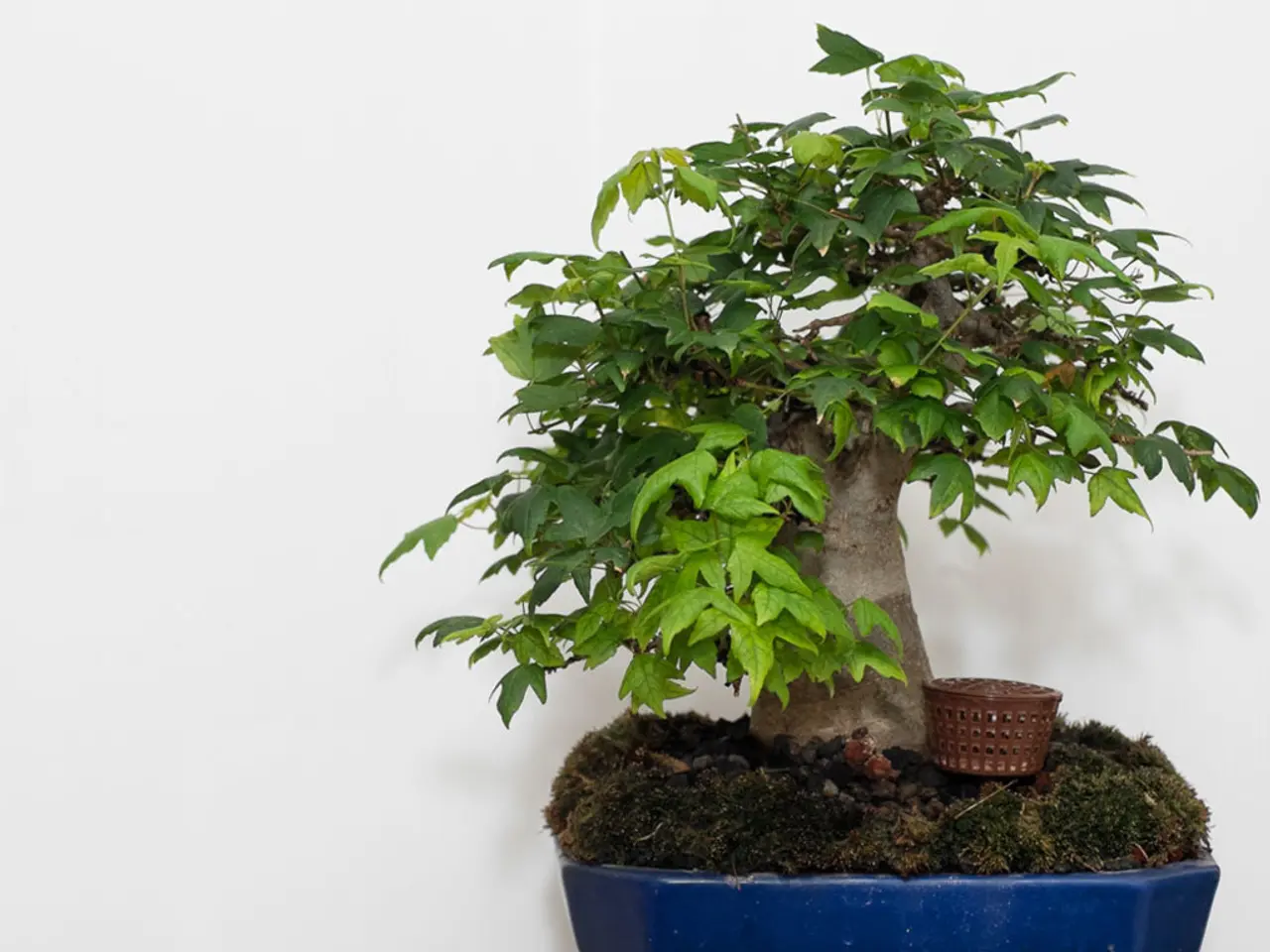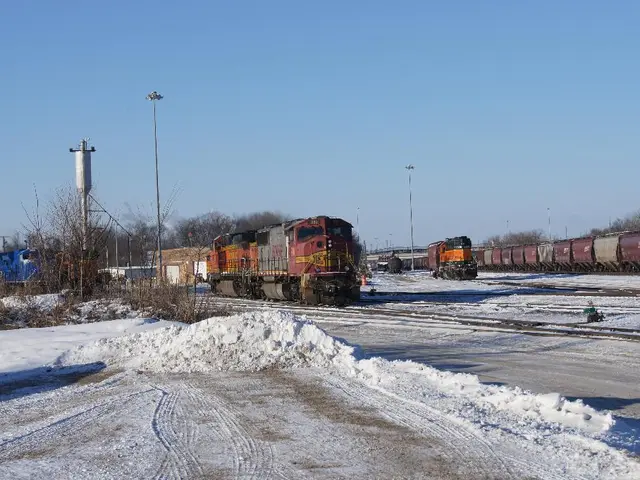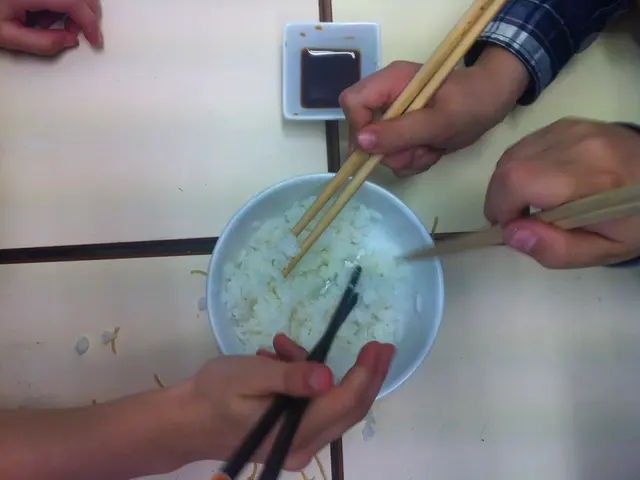Exploring the Hidden Root Realm of Bonsai: A Guide to Subterranean Cultivation Mastery
In the intricate world of bonsai cultivation, the root system plays a vital role in the tree's growth and health. By understanding the importance of bonsai roots and adopting effective management strategies, enthusiasts can maintain the vitality of their trees and enhance their visual appeal.
One of the most common issues faced by bonsai growers is the formation of root mats. Root mats occur when roots become densely tangled around the pot, restricting water and nutrient uptake. To prevent and manage this issue, the primary approach is root pruning combined with proper container selection and watering techniques.
Root Pruning
Periodically trimming the roots during repotting is essential to prevent them from becoming tightly circling or matted in the container. This encourages healthy root growth and prevents the roots from choking the tree. Use sharp, clean tools and prune carefully to avoid harming the tree.
Container Choice
Choosing the right container is crucial. Containers designed to naturally prune roots, such as those with air pruning capabilities or proper drainage holes, help prevent roots from circling excessively and becoming root bound.
Watering Carefully
Watering in small increments rather than flooding is essential to avoid excess moisture buildup, which can stress roots and harm health. Bonsai containers should always have drainage holes to prevent waterlogging.
Regular Repotting
Repotting bonsai trees every 1–3 years, depending on species and growth rate, is necessary to refresh soil and prune roots. This prevents root mats from developing over time.
Additional tips include brushing off unhealthy leaves, moving the bonsai outdoors if lighting conditions require it to support overall vigor, and fertilizing appropriately using slow-release nitrogen-rich pellets to maintain balanced tree health that supports root system robustness.
A well-structured potting medium also facilitates root training for bonsai, enabling practitioners to shape and direct root growth in desirable patterns. The ideal potting medium for bonsai cultivation should have high organic matter content, a mix of particle sizes, low bulk density, high cation exchange capacity, and good structural integrity.
Regularly inspecting the root system of a bonsai tree is crucial for ensuring its overall health. Severe root damage or neglect can potentially harm a bonsai tree, but with timely intervention and care, the tree can recover.
In conclusion, by adopting these management strategies, bonsai enthusiasts can effectively prevent and manage root mats, ensuring the health and vitality of their trees. The beauty of bonsai lies not only in the visible above-ground structure but also in the hidden underground network, and with proper care, both can thrive.
- Understanding the importance of bonsai soil composition in facilitating root training is crucial for shaping desirable patterns.
- In the realm of fashion-and-beauty, the right container can be compared to a good pair of shoes – it needs to fit well and enhance the overall appeal.
- Rather than treating a bonsai tree as a mere lifestyle accessory, it's essential to care for it like a pet, giving it regular attention and proper nutrition.
- While exploring new travel destinations, one might also discover unique pots suitable for bonsai cultivation, making the journey even more enriching.
- When remodeling a home-and-garden, consider adding a special space for nurturing and showcasing bonsai trees, much like dedicating a room for displaying art or cars.
- Instead of viewing shopping as a purely consumer activity, nurturing bonsai can be a fulfilling pursuit, where each purchase contributes to the growth and health of a living thing – a tree, a relationship, or even a part of oneself.




